Liner Notes
The Year That Was: 1964
by Benjamin Ray
The times, they were a' changing.
Bob Dylan articulated it (sort of) in his song and album of the same name from 1964; it was here and in Another Side Of Bob Dylan that he began to assert himself as a cultural and musical force, putting into words the unrest, distrust and questioning that many were beginning to feel that year.
Still, even as the Civil Rights Act was passed and the country was getting through the death of JFK, perhaps it was inevitable that a musical act would captivate everybody, and that's exactly what the Beatles did when they arrived in America. Granted, part of the American Beatlemania was engineered by disc jockeys and promoters, but much of it was simply the sheer originality and catchiness of the band. They were funny, they were stylish, they wrote their own music, and they were all over the radio. The British albums A Hard Day's Night and the moodier Beatles For Sale – already a response to the overwhelming demand – were the offical releases, while American audiences got the bastardized Hard Day's Night soundtrack and the modified Meet The Beatles, which contained "I Want To Hold Your Hand."
The British Invasion had begun, and with it came a number of soundalike bands, some decent, most dated and dorky by today's standards. Most importantly was the first appearance of the Rolling Stones, who had two albums – 12x5 and England's Newest Hitmakers – that featured a number of blues covers and blues inspired rock songs like "It's All Over Now." These albums gave little hint as to what would come, but for many kids they were an introduction into a style of music previously unknown. In other invasion happenings, the Kinks, Hollies, Herman's Hermits and Dave Clark Five debuted, Them (home of Van Morrison) offered "Gloria" and Dusty Springfield had two hit records as well.
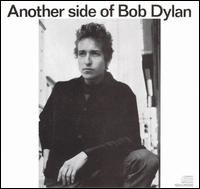
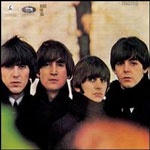
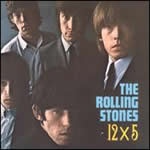
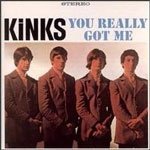
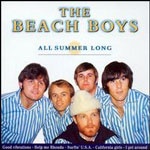
Seeking to expand upon their surf boy band image, the Beach Boys began branching out with "Don't Worry Baby," "Little Deuce Coupe" and "I Get Around," Frankie Valli And The Four Seasons turned in their best song to date with "Rag Doll" and Johnny Rivers offered the solid "Memphis" single, which was a pretty clever joke once you figured out who Marie was. Simon & Garfunkel also debuted with the academic coffeeshop folk of Wednesday Morning 3 A.M.
Speaking of Motown, the Supremes recorded "Where Did Our Love Go," "Baby Love" and "Come See About Me," Marvin Gaye offered a number of singles, Mary Wells serenaded "My Guy," the Temptations offered their debut (featuring "The Way You Do The Things You Do") and the Four Tops had "Baby I Need Your Lovin’.” The production values, playing and drama inherent in these songs was second to none.
Other pop hits of the year included "Chapel Of Love," "A World Without Love," Dean Martin's "Everybody Loves Somebody," "Leader Of The Pack," "Hang On Sloopy," the Mary Poppins soundtrack and "Do Wah Diddy Diddy." This was also the year of Roy Orbison's "Oh Pretty Woman" and the Animals' "House Of The Rising Sun," a disturbing tune unlike much of what was on the radio at the time.
Elvis, for his part, offered "Viva Las Vegas," a clear indication of where his career was headed and proof that the ‘50s music scene was done and over, ruled now by four moptops from Liverpool, a nasal folkie from Minnesota, five surfer-looking dudes in California and an up-and-coming record label in Detroit. Yet despite the Beatle reign, perhaps the most prescient song was released by Sam Cooke shortly after his mysterious death, and certainly "A Change Is Gonna Come" foretold the future of riots, civil rights marches, overcoming adversity and desegregation. Turbulence was in the air. The times were a'changing.
And that, friends, was the Year That Was in music.